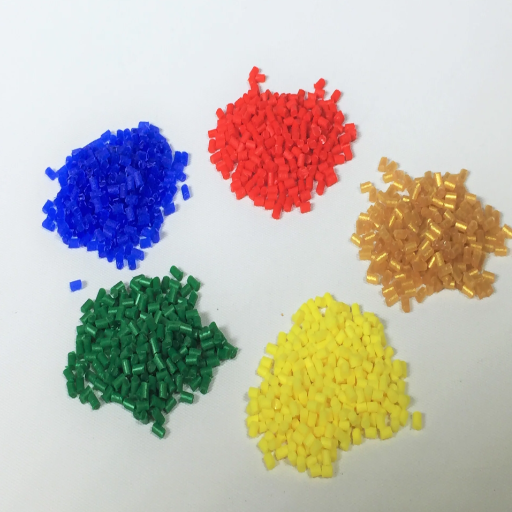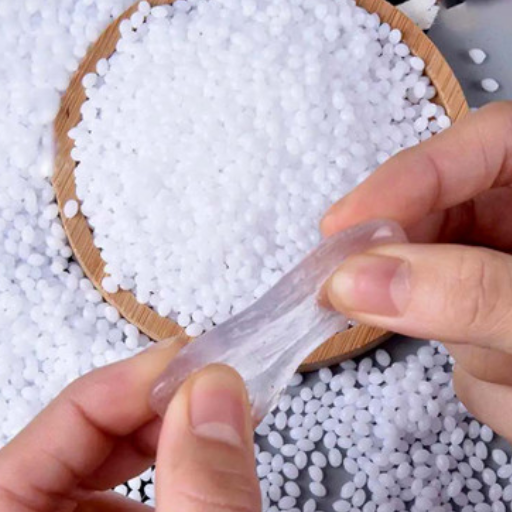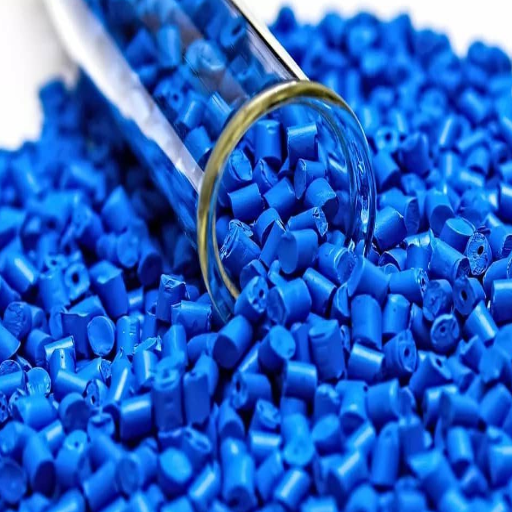Thermoplastics are a diverse class of materials widely used in manufacturing industries such as automotive and consumer goods. TPR and TPE are other such two thermoplastics which are categorized as thermoplastic elastomers, however they possess different characteristics. They share some characteristics, including flexibility and ease of processing, but differ in composition, mechanical properties, and the most effective use. This article seeks to elaborate on the critical differences between TPR and TPE by discussing their pros and cons and their practical uses to assist designers, engineers, and other stakeholders in determining when and where to use which material in a particular project.
What are TPR and TPE, and how do they differ?
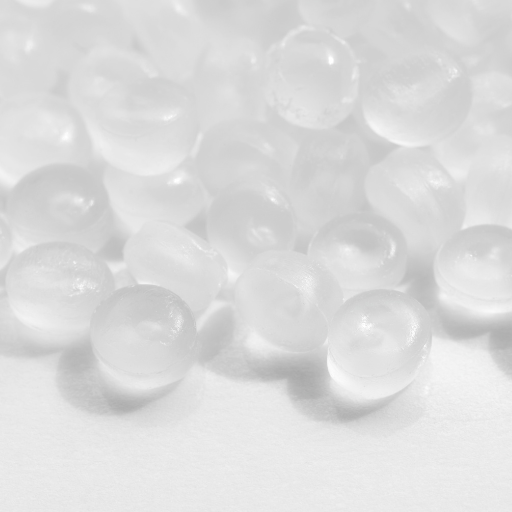
Thermoplastic Rubber (TPR) and Thermoplastic Elastomer (TPE) are polymer-based materials that possess elastic variants and are also easy to process. TPR is part of TPE in that it is manufactured by mixing thermoplastic and elastomeric materials to obtain a composite that has rubberlike elasticity and can be processed through thermoplastic means. However, TPE is a more advanced form, being an assortment of elastomeric materials that have the qualities of rubber and can also be processed in a thermoplastic manner. The main differences are in the material itself, with TPR being claimed to possess greater mechanical strength and wear and tear resistance and therefore TPR is more appropriate for hard-wearing applications while TPE is good because of its softness, pliability, and effective resistance to stress. TPR vs TPE Insert these differences determine the industry for which they can be used, including footwear, automotive, and consumer goods.
Defining TPR (Thermoplastic Rubber)
TPR is described as thermoplastic rubber and is a type of polymeric material with both elastic and thermoplastic properties. TPR has a hard segment, which is formed from a thermoplastic resin, such as polystyrene or polypropylene, and a soft segment which is made of an elastomer, such as styrene-butadiene. As a result, TPR is elastic, durable and recyclable. Other characteristics of TPR are shore hardness of 30A and 90A, tensile strength of 5 MPA to 25 MPA, and elongation at break, usually around 200 to 600. It can be expected that TPR also possesses cold resistance as its elasticity remains intact up to -50 degree Celsius. With these qualities, TPR can readily be used in the production of shoe soles, grips, and seals, among other high flexibility and impact-harming materials.
Understanding TPE (Thermoplastic Elastomer)
TPE is known as a thermoplastic elastomer, which is a blend of two functional groups: thermoplastics and elastomers. TPEs can be treated and processed similarly to thermoplastics; however, they can retain their elastic cellular structure and rubber characteristics. TPEs are end block copolymers of thermoplastics and elastomers, forming a tough, flexible combination.
Thermoplastic elastomers’ typical hardness scale (shore type) extends between 20A and 85D. At the same time, tensile strength usually varies from 3 MPa to 20 MPa, and the rate of break elongation is between 300 percent and more than 700 percent. In addition, TPEs also exhibit favorable thermal stability, with the range extending from -40°C to 120°C, depending on the product formulation. Other favorable characteristics consist of ease of molding into pre-established shapes or in extrusions, notable chemical inertness, and remarkable interference feature. Considering these features, TPE is applicable for constructing automotive parts, medical products, seal systems, and consumer goods.
TPR and TPE differences
Thermoplastic rubber and thermoplastic elastomer have some correlating properties in terms of elasticity and re-processability but there are no thermoplastic rubbers with the same chemical composition, performance characteristics or technical properties. In most cases, TPR is a type of styrenic block copolymer, often based on SBS/sebs structures (styrene-butadiene-styrene and styrene-ethylene-butylene-styrene, respectively). However, TPE is more encompassing and includes styrenes, olefins, and polyester elastomers.
TPR offers a Shore hardness of 40A to 50D, whilst TPE is more flexible with a hardness range of 20A to 85D. TPR’s typical working temperature range is between -20 °C and 80 °C higher than that of TPE, which is -40 °C – 120 °C. In addition, TPEs give much higher elongation at break than TPR having as much as 700% which is less than 500% for TPR. Both materials, except TPEs, are appropriate for extrusion and injection molding; however, TPEs, due to their wide range of compositions, usually make it easier to create complex shapes and good quality cross products.
How do the physical properties of TPR and TPE compare?
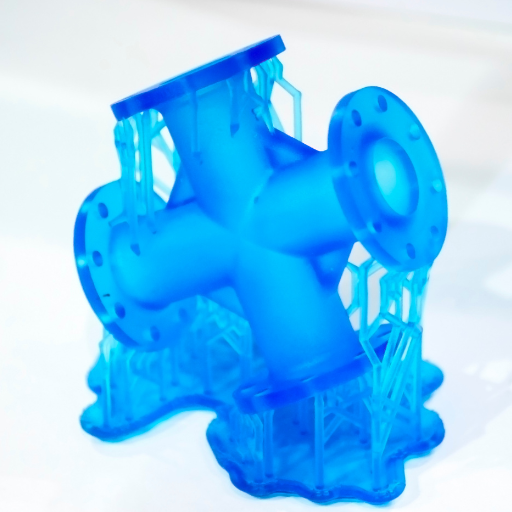
There are some notable differences when we put TPR and TPE side by side, especially regarding physical characteristics. TPR is known to be fairly flexible and possess reasonable durability and good abrasion resistance, making it ideal for grips and shoe soles. In contrast, TPE has a wider variety of polymer compositions making it more adaptable and flexible, capable of greater elasticity, feeling softer and performing well at more extreme temperatures. On the other hand, TPE also tends to be more resistant to chemicals, UV radiation, and the effect of weathering than TPR does, and at the same time, it also enables better detail in molding and color in manufacturing. Such differences make TPE applicable in even more complex industrial and consumer applications.
Understanding TPR And TPE
There is an inherent difference between elastic and flexible TPE TPUs and TPRs because they are able to withstand mechanical stress and environmental conditions differently. TPUs are thermoplastic elastomers and thus have a better elastic recovery. The structure of a TPE allows it to be deformed to a greater extent without permanently losing its shape. It has the flexibility of a typical TPE ranging from a Shore hardness of 5A to 110A, indicating use in applications that require softer, more pliable materials. On the other hand, TPRs are less elastic and flexible. It can effectively work at low deformations, but situations that require repeated stretch or bend make TPR less effective. TPE, on the other hand, can function and possess elasticity from -40 °C to 125 °C, unlike TPR which can only be effective at -20 °C to 70 °C. These differences propel TPEs to be suited for dynamic high-performance applications like medical devices and automotive parts, while TPR is better suited for low-end, stationary applications like grips and seals.
Hardness and Durability Assessment
Key elements which have served to differentiate TPR from TPE are hardness and durability which tend to possess their own technical parameters. TPE`s cross-linked structures, on the other hand, increase cross-link density, improving resistance to wear and tears and over-stress. The thermal setting elastomer (TPE) has achieved Shore hardness of between 5A and 110A, which implies the material can withstand different degrees of mechanical impacts and remain intact. In terms of actual usage, this enhances TPE ideal applications requiring long-term working performance. On the other hand, TPR is generally harder and less elastic and is rated on the upper range of the Shore scale, probably between 40A and 90A. However, its durability is decreased at high-stress dynamic conditions since it appears to fail more rapidly at higher stresses. These properties emphasize TPE’s superiority in harsh conditions such as those found in parts of industrial machines and soles of shoes while TPR serves better in relatively not extreme semi-permanent loading applications where flexibility or durability are not critical design criteria.
Temperature resistance and range
The major difference between TPE and TPR is that they can withstand thermal stress and operate at different temperature ranges because of their chemical makeup. TPE is often ideal for applications where high-temperature intake is required as its thermal stability is remarkable, with the boiling and freezing point ranging between -30 °C and 150 °C depending on the formulation grade. TPE also has a greater elasticity in that it can retain its elasticity and other mechanical characteristics within a larger temperature range because of its crosslinking structure, which also increases its heat resistance.
On the other hand, TPR can withstand a low boiling point of -20°C and a high range of 100°C and no more, so it is limited in that it does not have a wide thermal operating range. The one benefit that it does have is that it works well in a moderately high thermal environment, but over time, excessive heat will cause TPR to soften, thus causing the loss of structural elements. Thus, material applications requiring high thermal endurance components, such as automotive engine parts or seals in industrial components, would be best made using TPE as it has better thermal resistance.
In which applications are TPR and TPE commonly used?
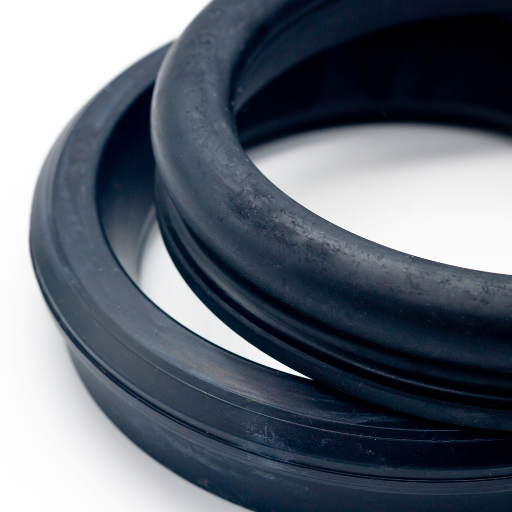
TPR is preferred in applications where flexibility and durability are required, however, only moderately, such as in making gaskets, tool grips, and footwear soles. It is also suited for use in products where the design is ergonomic or comfort related due to its malleability and soft texture. In contrast, TPE is often applied in industrial or automotive applications that are more demanding, such as medical equipment, seals, and parts of engines, owing to its excellent elasticity and stability in thermic and chemical conditions. All the given options are characteristic materials but functionalities define which one is ideal to use for which specific purpose.
Automotive components and applications
- Seals and Gaskets
TPE’s remarkable elasticity, high durability, and thermal resistance make it a suitable substitute in manufacturing seals and gaskets for automotive applications. These specific components are utilized in extreme environments with vast amounts of heat and automotive fluids, so a strong seal is needed throughout the component’s exposure.
- Air Intake Hoses
Air intake hoses are an important facet in ensuring that air is directed into the engine system. TPE is normally utilized in their construction owing to its flexibility and ability to resist cracking. This also allows the component in question to operate well without failure at a wide range of temperature and pressure settings.
- Insulation and Sheath Covers for Cables
Automobile wires and cables use TPE for insulation and protection. This is because TPE has excellent chemical and wear-and-tear resistance, shielding the services from external impacts such as grease, moisture, vibration, etc.
- Trims for knobs and Bumpers, Car Doors and Rear steps
In most cases, TPE materials are used to manufacture automobile trims, including weather seals, floor mats, and covers of bumpers. UV protection, aesthetic versatility, and a pleasant feeling – TPE can perform all of these functions perfectly, both on the inside and outside.
- Block for Element of Suspensions
Suspension elements (bushings) used to control vibrations and noise are most often made of TPE. This material provides good flexibility and toughness to enhance performance and durability in harsh driving conditions.
- Fuel Components
TPE demonstrates good resistance to diesel, gasoline, and other hydrocarbons, making it a very good composite for fuel tank liners and pump seals. TPE guarantees safety and effective means for a very long period.
Catheters and tubing or tubing products
TPE widens the scope of utilization of Catheters and tubing, such as medical tubing, due to its biocompatibility and good elasticity. The mechanical properties of these materials prevent kinks while preserving comfort for the patient.
- Seals and Stoppers
TPE materials are widely employed in seals for syringes, vials, and other medical closures. Due to its high elasticity and chemical resistance, TPE has proven very effective in preventing contamination and is also beneficial in assuring impregnation.
- Wearable Medical Devices
TPE is used in components of wearable devices like fitness trackers, heart rate monitors, etc., as it is light and gentle on the skin. These devices are enhanced by TPE’s aimed features of being durable and soft touch, which makes them more comfortable during use over long hours.
- Orthopedic Supports and Braces
Due to its elasticity and ability to stretch, TPE is ideal for producing orthopedic braces, straps, and supports. These products allow TPE to conform to the body’s needed areas. Its toughness would also help increase the lifespan and usability of such products.
- Injection Molded Components
Injection molding processes for medical-grade TPEs include devices housing, grips, and other medical tools dominated through injection molding. Using TPE promotes precision and sterility in such products to meet the expected standards within the industry.
Footwear and consumer goods
- Soles and Midsole Components
Thermoplastic elastomers (TPEs) are commonly used in the footwear industry to fabricate soles and midsoles. Their excellent shock-absorbing ability, along with their flexibility and durability benefits, is especially appealing in sports and casual shoe wear.
- Comfortable Shoe Linings
TPEs are soft and elastic polymer materials that are reasonable for use as shoe linings that require flexibility and cushioning effects. The focus of this material is to provide a great addition to the end use packing while being light and fitting.
- Grips and Outsoles
The other areas where TPEs find application include grips and outsoles in shoes where grip performance is the desired strength/s. Such features are greatly beneficial in the footwear industry as they increase the shoe’s reliability when performing various sports and working under different conditions.
- Consumer Product Housing
Such flexibility in TPE’s technology allows it to also serve as consumer goods, providing protective and comfortable housings for various electronics remotes, handholds, and wearables. This material can be handled easily, is stylish, and can be designed to greatly extend the life of the product.
- Soft-Touch Tools and Handles
Many everyday or self-maintaining devices have their handles covered with TPE to provide ergonomics and comfort during exertion when making tight grips, which are usually hard, thus softening the touch. This application form also shows how the material can handle both practical and design needs.
How do TPR and TPE compare in terms of chemical resistance?
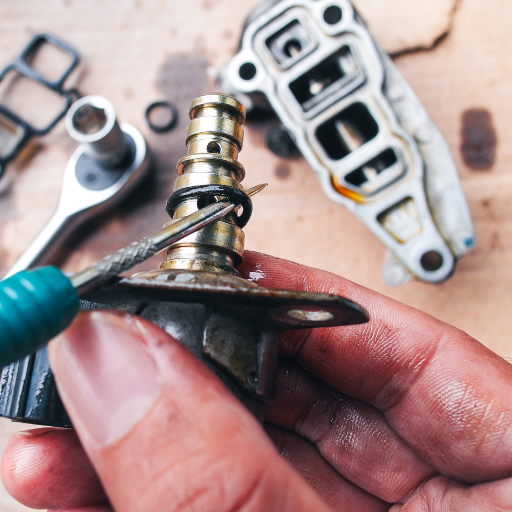
In comparing TPR (Thermoplastic Rubber) and TPE (Thermoplastic Elastomer) in terms of its resistance to chemicals, it is noted that both materials are resistant to several chemicals. Still, their performance would depend on the application so not every chemical exposure may be ideal. For oils, greases and many solvents, TPE is usually better, which is why it is useful in tough conditions like automotive or industrial use. TPR is useful against some chemicals, but not all. For example, when using strong solvents or hydrocarbons, it suffices to say TPR would not be effective. Therefore, the selection between TPR and TPE must be made, taking into account the chemical structure to which they will be subjected and the chemical strength of the required end product.
Resistance to oils and solvents
Compared to the two elastomers, TPE appears to be more effective for oil—or solvent-based structures, greases, and solvents due to the better compatibility of its structural elements with non-polar substances. This is especially important for TPE use in automotive and industrial purposes where frequent contact with such materials for an extended time is expected. Mechanically, these also allow the TPE elastomers to be flexible under such temperatures.
On the other hand, TPR is moderately resistant to low grade oils and solvents. However, when exposed to more aggressive hydrocarbons or if a chemical interaction is prolonged, it will show signs of degradation. So, in applications involving harsh chemical surroundings, the performance of TPR may deteriorate with time, making it difficult to meet the requirements of harsh or extreme environments.
Technical Parameters:
-
- Oil Resistance:
- TPE (e.g., SEBS-based): Outstanding resistance to oils. It continues to exhibit flexibility and much of its mechanical properties even when exposed to lubricants and engine oils for a long time.
- TPR: Moderate oil resistance. Prolonged exposure or contact with hydrocarbons may soften or cause degradation of TPR.
- Solvent Resistance:
- TPE is capable of blocking a variety of solvents, including polar solvents (e.g., alcohols) and some non-polar solvents. It is suited for uses with mild/mediated chemical exposure.
- TPR is resistant to dilute solvents, but when exposed to strong and aggressive solvents like aromatic hydrocarbons, its resistance is compromised, and it will eventually fail.
- Compatibility Range:
- TPE grades generally have greater chemical compatibility and therefore greater scope for use in applications with changing chemical compositions.
- TPR grades are suitable for applications having low chemical variability as they tend to have a lower compatibility range.
- Oil Resistance:
The selection of TPE and TPR composites should be done depending on the anticipated chemical environment and working parameters of the product to avoid any changes in performance under those conditions.
Environmental stress cracking Resistance
The expression “Environmental stress cracking (ESC) resistance” succinctly characterizes the mechanical property of a material in which cracking occurs due to stress and certain chemicals or moisture lasting for a long time. Given the elastic characteristics of TPE together with its molecular architecture, it can cope with TPE stress without cracking. This property makes TPE appropriate for applications requiring repeated stress or mild aggressive surrounding. At moderate conditions, TPR does perform well. However, it is found to be less resistant to ESC than TPE. Such a difference may restrict the application of TPR in situations where a high resistance to various environments is required, which suggests that caution is prudent when making a material choice.
What are the similarities between TPR and TPE?
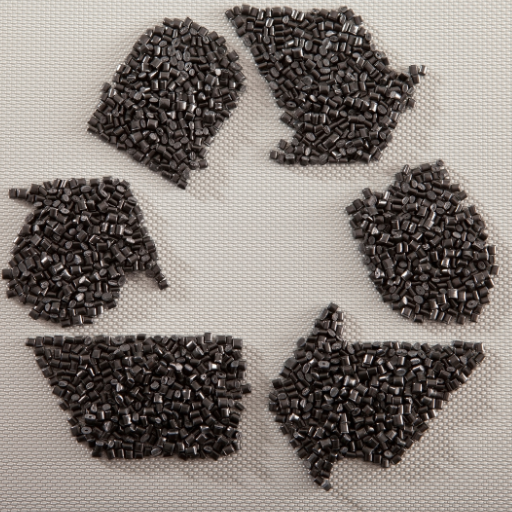
The materials are TPE, which stands for thermoplastic elastomers, and TPR, which is thermoplastic rubber. They have similar mechanical features, such as flexibility, durability, and the ability to deform and stretch repeatedly. They are both lightweight and abrasion resistant, making them able to be useful in grips, seals, shoes, and many other products. They can also be processed using several methods such as injection molding and extrusion. They can be recycled and reprocessed, making them suitable for use in industries that require green materials.
Thermoplastic and elastomeric properties
Thermoplastic and elastomeric properties in TPR and TPE are very essential for their function and applicability. TPR is demonstrated to have excellent elastomeric properties with a Shore hardness range of 20A to 60D, allowing it to be flexible and not sag when under stress. TPE also has great thermoplastic characteristics as it has a melting range between 230°F and 400°F (110°C to 200°C) depending on the type, making it easy to process and recycle. Both TPR and TPE have impressive tensile strength values but most cases in 5 MPa to 15 MPa range, which logics their usage in the areas where they would undergo stretching and cant ripping apart. These properties also provide an opposition balance, as the TPR, as a result, is more orientated towards softness and grip usage. At the same time, TPE is widely used where a broader temperature range is necessary. Suppose TPR is often used at lower temperatures. In that case, TPE exposure to heat, UV, and chemicals allows them to be at higher temperatures and harsher environments, hence determining the selection of materials.
Waste disposal and processing features
TPR (Thermoplastic rubber) and TPE (Thermoplastic elastomer) are both recyclable and demonstrate considerable reprocessing features owing to their thermoplastic nature. TPE can always be thermally softened and remolded repeatedly without undergoing a major chemical change, making it easily recyclable and enhancing material utilization. TPR also facilitates thermal processing but may have lower efficiency than TPE. Their recyclability, together with promising energy-saving potentials in reprocessing, makes them important materials for sustainable manufacturing technologies.
How do you choose between TPR and TPE for specific applications?
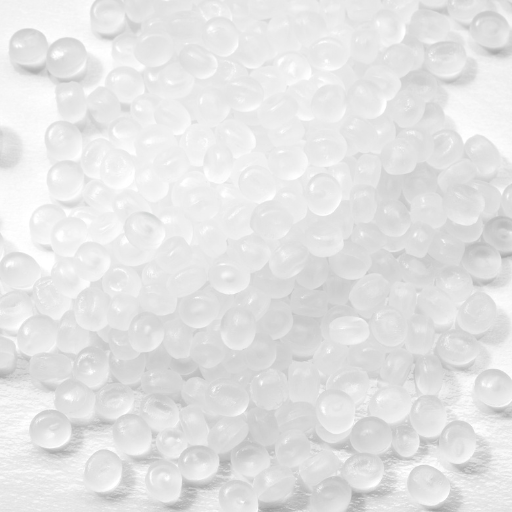
The characteristics of both the TPR and the TPE specify in detail the conditions under which the two polymer blends may be used. Different scenarios need TPE and TPR, for example TPR has specific tensile strength blending ratios because grips and foot gears need flexibility, moderate durability and a high level of grip. With high tensile strain, they have better framework, bending, tension, and shear strength, making them suitable for applications in fine outdoor usage as well as medical and machine components. It has also been reported that TPE holds better qualities when it comes to recycling and the selling price of the polymer blends, nor have any issues while answering the specific concerns of the application when choosing a blend.
Material selection criteria
Mechanical constraint criteria is arguably the most stringent with application aspects set to merge TPR and TPE, for instance, the material ratio tables will need setting to protect specific application thresholds. Indications of a sparking TPR blend would hint that:
- Mechanical properties – A range of tensile strength from 5-30 MPa is expected from TPR by applying the right composition blend. As for TPE, if a mix is done from 5-50 MPa or more, the tensile ability of TPE increases significantly, easing its application to a multitude of scenarios. In comparison 200-700% elongation at break are seen for both polymers and their BTRA criteria.
- Thermal performance – TPE is known for its superior ability to resist heat, making it ideal when exposed to temperatures above 125°C. TPR thermoplastic materials, on the other hand, are limited to temperatures of less than 100ºC making TPE a more reliable candidate.
- Chemical resistance – To my knowledge, TPE is better able to withstand harsh conditions because it demonstrates stronger resilience to oil, solvents, UV radiation, and ozone. On the other hand, TPR has particularly moderate chemical resistance to some, but under extreme conditions, it may have detrimental effects as TPR starts to corrode.
- Flexibility and softness – Both materials provide excellent flexibility; however, TPR is seemingly more efficient in its soft feel and provides a greater grip, which can be helpful in the ergonomic handles of tools and shoes.
- Cost and processability – TPR is also quite a bit cheaper, especially when produced in bulk. TPE, on the other hand, is more flexible when it comes to means of production due to injection, blow, and extrusion molds.
Based on my understanding and interpretation, the choice should be based on the multiple constraints in terms of the intended use in the surrounding, mechanical parts and cost in order to achieve a more optimal output alongside sustainability.
Cost considerations and performance trade-offs
In evaluating cost considerations and performance trade offs between TPE and TPR, it is very important to look at how these materials bear aspects of specific applications. TPE costs more than TPR in most cases, but the higher cost will be warranted in most use cases because of its enhanced versatility and superior mechanical properties. For instance, it is estimated that the tensile strength of TPE ranges from 2MPa to 30MPa, with a specific grade exhibiting an elongation at a break of over 400%. This makes TPE optimal for products such as those used in the medical and automobile industries, which are under tremendous stress. TPR is however still cheaper and does suffice in mechanical performance for portions of applications without massive durability requirements, this is evident with TPR with typical tensile strength of 5MPa to 10MPa and an elongation values of around 100%-300%.
On the note of thermal performance, TPE can operate between temperatures of minus fifty degrees Celsius and 150 degrees Celsius under normal conditions, while TPR’s usual operational temperatures are within a range of -40 degrees Celsius and 100 degrees Celsius. Such parameters direct the selection of aim based on the likelihood of extremely high and low temperatures.
Moreover, TPE can outperform TPR in longevity and reliability in applications, which include exposure to oils and solvents as well as UV radiation, preventing the erosion of their chemical resistance. For ergonomic tools that require significant softness and grip, TPR is a favorite and is ideal for mass production due to its relatively low cost and efficient performance.
In brief, TPE is better suited for applications that require a higher level of mechanical, thermal, and chemical tolerance due to its cost, while TPR, on the other hand, offers a more cost-effective option for less stringent performance requirements without excluding basic functional requirements.
Environmental impact and sustainability
In this interconnected world, environmental impact and sustainability are key issues. I think these problems call for a holistic approach focusing on minimizing carbon footprint, resource use, and substitutive use of renewable alternatives. Waste minimization, enhanced energy efficiency, and circular economy approaches to reducing the use of non-renewable materials increase prospects for sustainable practices. In addition, I believe that international partnerships among industries, governments, and communities are fundamental to achieving common goals of environmental sustainability through the development and implementation of universal solutions.
Reference sources
Frequently Asked Questions (FAQs)
Q: What are the main differences between TPE and TPR materials?
A: The main differences between TPE (Thermoplastic Elastomer) and TPR (Thermoplastic Rubber) materials lie in their composition and properties. TPE is a blend of polymers that combines thermoplastic and elastomeric properties, while TPR is a specific type of TPE. TPE offers a wider range of properties and can be customized more easily, while TPR is often used for its rubber-like characteristics. TPE generally has better physical properties and chemical resistance, while TPR is known for its flexibility and moderate elongations.
Q: What are the key characteristics of TPE material?
A: TPE (Thermoplastic Elastomer) material is characterized by its unique combination of thermoplastic and elastomeric properties. Key characteristics include: 1. Ability to be processed like thermoplastics 2. Rubber-like elasticity 3. Wide range of properties that can be tailored for specific needs 4. Good chemical resistance 5. Recyclability 6. Flexibility in design and manufacturing 7. Better physical properties compared to traditional rubber 8. Available in various hardness levels TPE compounds can be engineered to meet specific requirements, making them versatile materials for various applications.
Q: How do TPE and TPR compare in terms of temperature resistance?
A: When comparing TPE and TPR in terms of temperature resistance, TPE generally offers better high temperature resistance. TPE materials can be formulated to withstand higher temperatures, making them suitable for applications that require heat resistance. TPR, while still offering good temperature performance, typically has a lower maximum operating temperature compared to some specialized TPE formulations. The melt temperature of TPE is also generally higher than that of TPR, which can be advantageous in certain manufacturing processes and end-use applications.
Q: What are the main TPE groups and how do they differ?
A: The main TPE groups include: 1. Styrenic block copolymers (SBCs) 2. Thermoplastic polyolefins (TPOs) 3. Thermoplastic vulcanizates (TPVs) 4. Thermoplastic polyurethanes (TPUs) 5. Copolyester elastomers (COPEs) 6. Polyether block amides (PEBAs) These TPE groups differ in their chemical composition, properties, and applications. For example, SBCs offer good flexibility and are often used in footwear, while TPVs provide excellent heat resistance and are used in automotive applications. The choice of TPE group depends on the application’s specific requirements, such as chemical resistance, temperature performance, and mechanical properties.
Q: How do TPE and TPR materials compare to thermoset rubber?
A: TPE and TPR materials differ from thermoset rubber in several ways: 1. Processing: TPE and TPR can be melted and reprocessed, while thermoset rubber cannot be remolded once cured. 2. Recyclability: TPE and TPR are recyclable, whereas thermoset rubber is not. 3. Manufacturing: TPE and TPR can be processed using thermoplastic methods, typically faster and more efficient than thermoset rubber processing. 4. Properties: Thermoset rubber often has superior heat and chemical resistance compared to most TPE and TPR materials. 5. Customization: TPE and TPR offer more flexibility in property customization. 6. Cost: TPE and TPR are often more cost-effective due to their easier processing and recycling ability.
Q: What are the common applications for TPE and TPR materials?
A: TPE and TPR materials are used in a wide range of applications due to their versatile properties. Common applications include: 1. Automotive: Seals, gaskets, weather stripping, and interior components 2. Consumer goods: Soft-touch grips, phone cases, and toy parts 3. Medical devices: Tubing, syringe plungers, and equipment housings 4. Footwear: Shoe soles, insoles, and straps 5. Sporting goods: Grips for rackets and bike handles 6. Construction: Weather seals, roof membranes, and cable insulation 7. Electronics: Protective cases and cable management 8. Packaging: Bottle caps and closures TPE is often used in applications requiring a balance of flexibility and strength, while TPR is often used in applications where rubber-like properties are desired.
Q: How do TPE and TPR materials maintain their original shape?
A: TPE and TPR materials maintain their original shape due to their unique molecular structure. These materials consist of hard and soft segments within their polymer chains. The hard segments provide strength and help the material return to its original shape after deformation, while the soft segments contribute to flexibility and elasticity. When stretched or compressed, the molecular chains realign, but the cross-linking between the hard segments allows the material to recover its original shape once the stress is removed. This property makes TPE and TPR materials suitable for applications requiring repeated flexing or stretching while maintaining dimensional stability.

